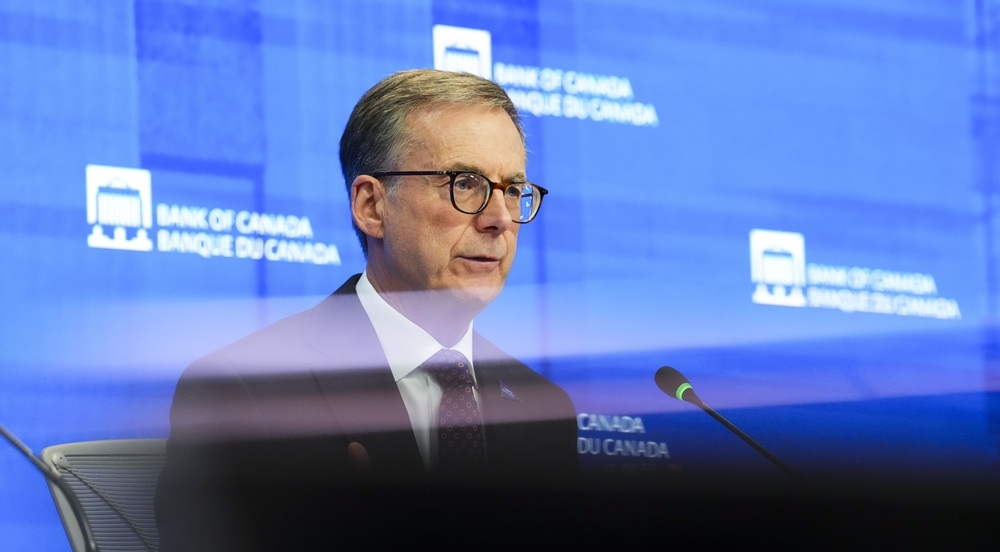A quiet alarm is sounding within Canada’s economic leadership, a warning that echoes from the Bank of Canada to the Prime Minister’s office: a decline in our standard of living is a real possibility. This isn’t a prediction of inevitable doom, but a stark assessment of the forces reshaping our economic future.
Bank of Canada Governor Tiff Macklem recently addressed the impact of escalating tariffs and protectionist policies emanating from the United States. His message, stripped of political gloss, was direct: without significant change, Canadian incomes will inevitably fall behind where they should be.
The crucial phrase, often overlooked, is “unless something else changes.” This isn’t a call for resignation, but a demand for proactive intervention. Macklem made it clear that the Bank of Canada alone cannot solve this challenge; the onus falls squarely on the federal government and the Canadian business community.

The core issue, repeatedly emphasized by Senior Deputy Governor Carolyn Rogers, is productivity. Canada has been steadily losing ground, hampered by insufficient innovation and systemic barriers to growth. Rogers has specifically called for increased competition within the banking sector and the dismantling of interprovincial trade barriers.
Boosting productivity isn’t simply about insulating ourselves from American trade policy; it’s about fundamentally improving the lives of Canadians, increasing real wages, and making life more affordable. It’s a path toward a more robust and resilient economy.
The numbers paint a sobering picture. The United States boasts a GDP per capita exceeding $89,000 USD, while Canada lags behind at roughly $55,000 USD. Even within Canada, the disparity is stark – Ontario, often touted as the nation’s economic powerhouse, barely surpasses Mississippi, one of the poorest states in the US.
This economic gap translates directly into lower earnings for Canadian workers. The average Canadian earning a full-time wage makes the equivalent of less than $48,000 USD annually, compared to approximately $65,000 USD for their American counterparts. We are, quite simply, leaving money on the table.
The current tone from Prime Minister Mark Carney offers little reassurance. His recent address to university students emphasized “sacrifices” and a lengthy timeline for economic transformation – a stark contrast to his ambitious promises on election night.
That earlier vision – of “thinking big and acting bigger” at unprecedented speeds – now feels distant. Time, however, is not on our side. The national unemployment rate has already risen to 7.1%, with job losses concentrated in sectors vulnerable to trade disputes.
While the creation of a major projects office is a positive step, the pace of action is far too slow. Even a favorable ruling from the US Supreme Court regarding tariffs wouldn’t negate the need for a bold, comprehensive response to the shifting global trade landscape.
Governor Macklem’s message is blunt: adapt and change, or accept a future of diminished prosperity. Canada needs to accelerate its efforts, shifting from a tentative first gear into a full-throttle pursuit of innovation and growth.
The future of the country hinges on this moment. It demands leadership that not only acknowledges the challenges but embraces the urgency and scale of the necessary changes. The time for incremental adjustments is over; the time for transformative action is now.





